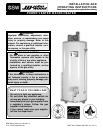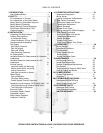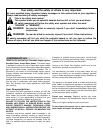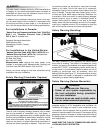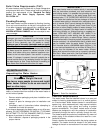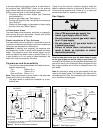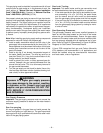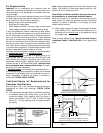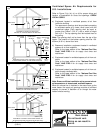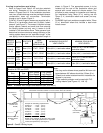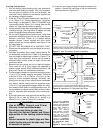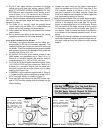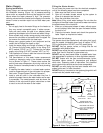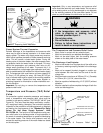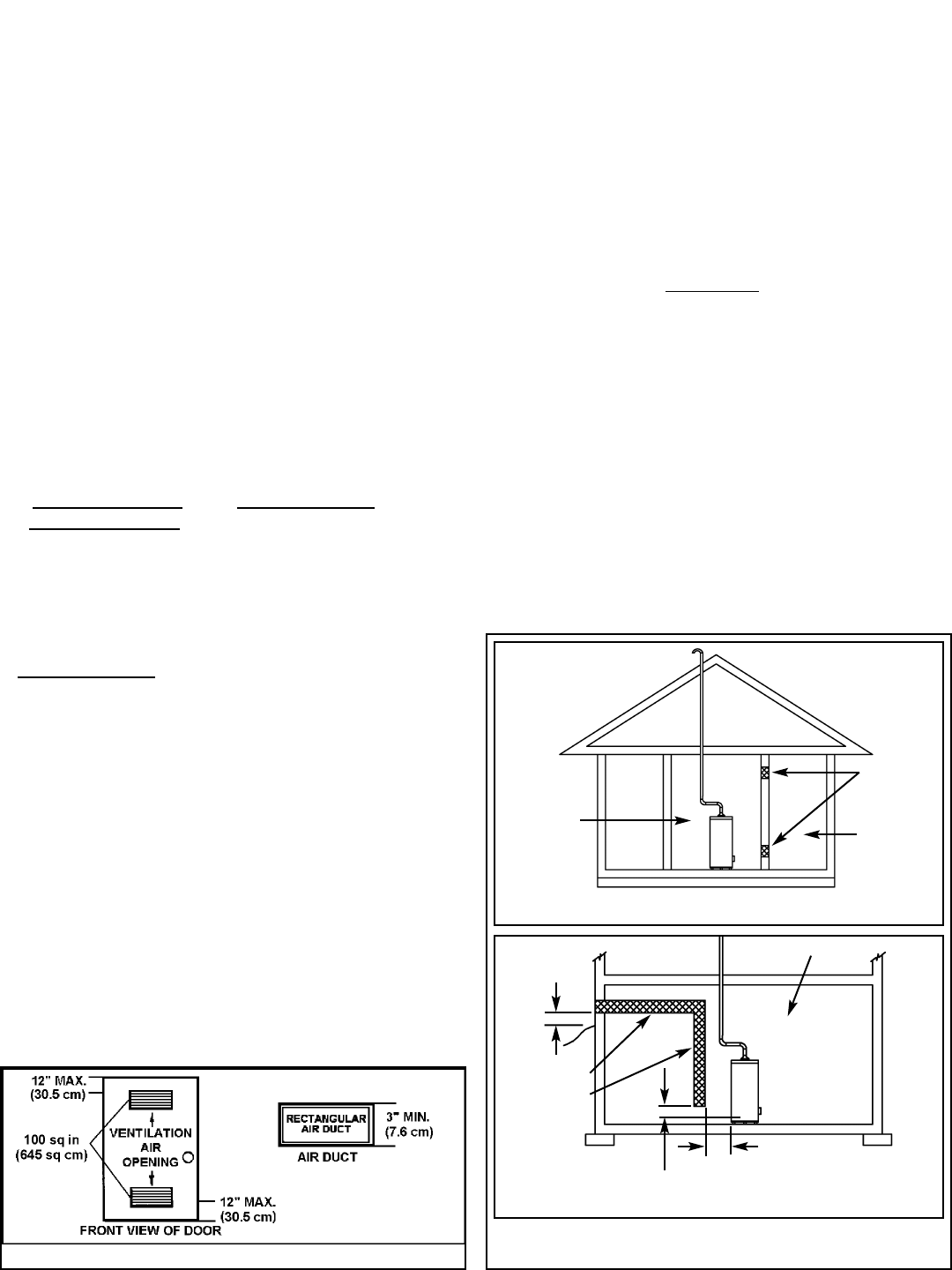
Air Requirements
Important: Air for combustion and ventilation must not
come from a corrosive atmosphere. Any failure due to cor-
rosive elements in the atmosphere is excluded from war-
ranty coverage.
Installations in or for certain places including, but not limited
to, those listed below may require outdoor air for combus-
tion to reduce the risk of chemical exposure:
• Beauty shops, Photo processing labs
• Buildings with indoor pools
• Water heaters installed in laundry, hobby or craft rooms
• Water heaters installed near chemical storage areas
In such circumstances, outdoor combustion air may reduce,
but will not eliminate the presence of corrosive chemicals in
the air. Combustion air must be free of acid-forming chemi-
cals such as sulfur, fluorine and chlorine. These elements
are found in aerosol sprays, detergents, bleaches, cleaning
solvents, air fresheners, paint and varnish removers, refrig-
erants and many other commercial and household prod-
ucts. When burned, vapours from these products form high-
ly corrosive acid compounds. These products should not be
stored or used near the water heater or air inlet.
The area in which the heater is located is classified as either
"an unconfined sp
ace" or "a ventilated space."
An unconfined space
is defined as a space having a vol-
ume not less than 50 cubic feet per 1000 BTU/hour (4.8
cubic metres per kilowatt) of combined input rating of all
appliances using the space. Adjacent open rooms may be
included as part of the unconfined space, provided there
are no closeable doors between these rooms. An exam-
ple of this is an open basement.
A ventilated sp
ace is one smaller than described above.
For buildings using tight construction (newer and renovated
structures), the air supply shall be introduced from the out-
doors, regardless of whether the space is confined or
unconfined. CHECK LOCAL CODES.
Ventilated Space Air Requirements for
Canadian Installations
Refer to Figure 4 (a), or (b), for proper sizing and location of
combustion air ducts and openings. CHECK LOCAL
CODES.
a). Two permanent openings shall be provided connecting
to ventilated space (e.g. closet, small room) with the
unconfined space. Each opening shall be equal or
greater than 645cm
2
(100 in
2
.) with a width to height
ratio of 2:1. The top opening shall be located close to
the ceiling.
Note: The top opening shall not be lower than the top of the
heater. The location of the bottom opening shall be 150-
450mm (6-18 in.) above floor level.
Note: Ensure sufficient ventilation air to prevent elevat-
ed temperatures in closets and ventilated spaces.
When an exhaust fan is installed in the same room as the
water heater, the supply air openings must be of sufficient
capacity to prevent a backflow of air through the water
heater exhaust venting.
b). When using a single air supply, the duct shall terminate
within 300mm (12 in.) above and within 600mm (24 in.)
horizontally of the burner level
of the appliance having
the largest input.
Refer to latest edition of the "Natural Gas and Propane
Installation Codes" CAN/CSA-B149-1 for air supply duct
sizes.
– 9 –
Figure 4a Air Opening Locations
VENTILATED
SPACE
PERMANENT
OPENINGS
EQUIPMENT LOCATED IN VENTILATED
SPACES; ALL AIR FROM INSIDE THE BUILDING.
(a)
UNCONFINED
SPACE
BASEMENT INSTALLATION, EQUIPMENT LOCATED
IN VENTILATED SPACES; ALL AIR FROM OUTDOORS
(b)
VENTILATED
SPACE
GRADE
COMBINATION
COMBUSTION/
VENTILATION
AIR DUCT
300mm
(12 in.)
(MIN)
300mm (12 in.)
600mm (24 in.)
Figure 4 Combustion Air Supply Openings And Ducts
(Can.)



